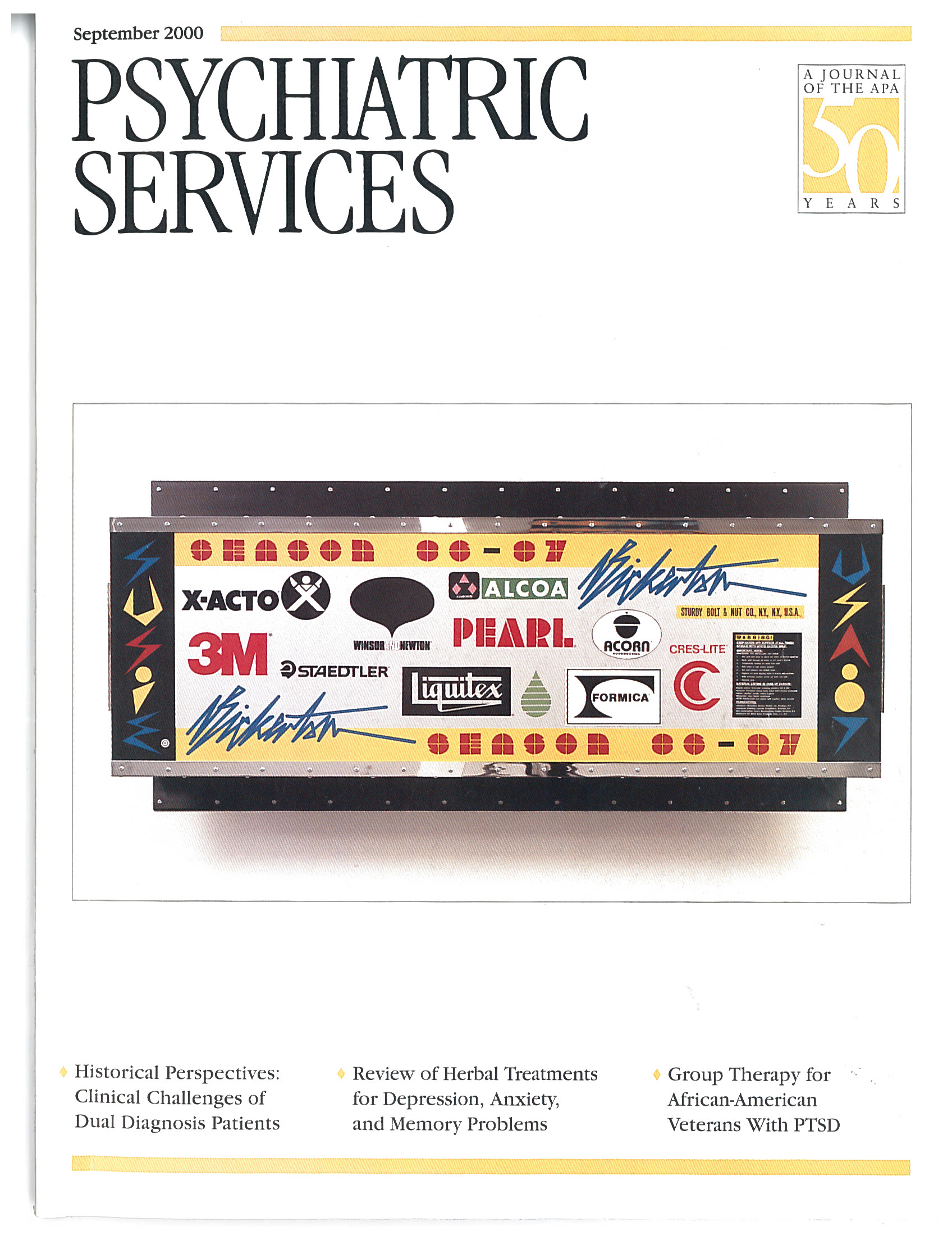Electroshock: Restoring the Mind
Practitioners of electroconvulsive therapy (ECT) often struggle to provide patients, their families, medical or psychiatric staff, and the public with an understanding of ECT that legitimizes the treatment. The proper application of any medical procedure requires adequate explanation; that is especially true for ECT. Every clinician who practices ECT is familiar with the exclamation "Shock therapy! I didn't think that was done anymore." This attitude can be found even among medical professionals in academic settings; thus it is important that the clinician practicing ECT be ready to educate patients and medical professionals alike.
Electroshock: Restoring the Mind nicely satisfies the need for information. The author, Max Fink, M.D., is probably the best-known researcher, writer, and clinician in the field of ECT. His text is written to be understood by laypersons, but it will be interesting to clinicians as well.
Dr. Fink offers an overview of ECT, and he discusses the patient's experience of ECT, illustrating it with case examples. He reviews the risks and contraindications and the technical aspects of the treatment. Next he discusses the indications for ECT, including affective and psychotic disorders as well as catatonia, neuroleptic malignant syndrome, and parkinsonism. He describes the rationale for and the effectiveness of continuation ECT.
Dr. Fink's text is particularly effective in providing the reader with an understanding of the controversial history of electroconvulsive therapy. In addition, the author writes persuasively when addressing the usual criticisms made of the modality—memory loss, relapse rate, expense, and its association with outmoded treatments.
I can imagine offering this reference to an ambivalent patient, a doubtful colleague, or an inquisitive anesthesia nurse. Electroshock: Restoring the Mind belongs on the bookshelf of any clinician involved in the practice of ECT.
Dr. Mueller is associated with Noble Psychiatric Services in Westfield, Massachusetts.



